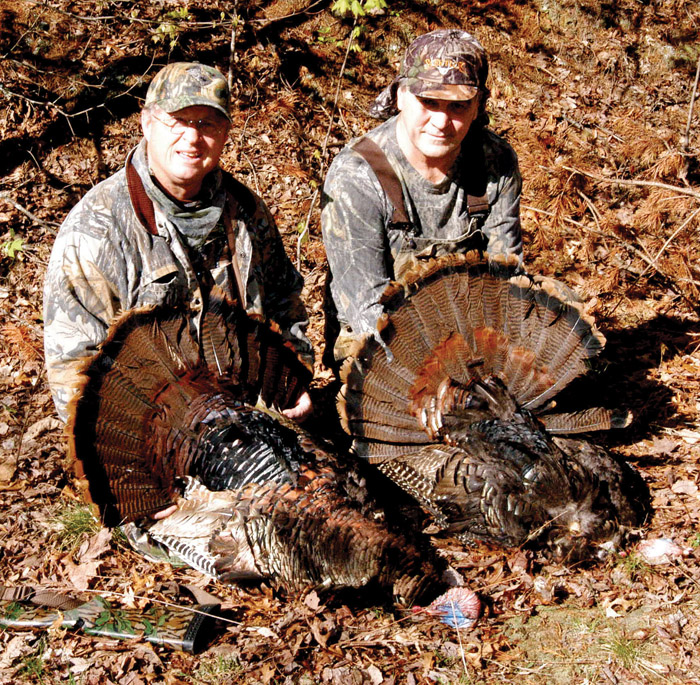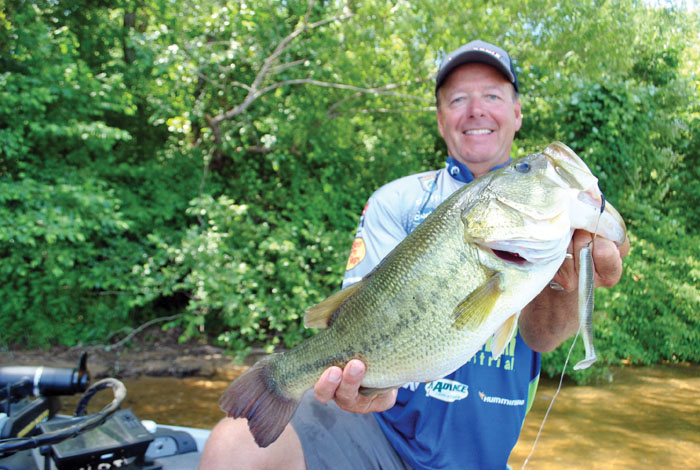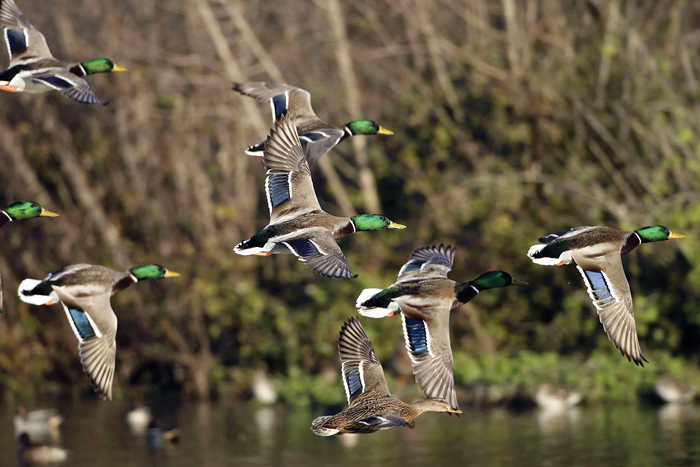Gibbons: Animals are deceitful
Published 12:00 am Friday, April 15, 2011
If you have ever played poker, encouraged a child to believe in Santa Claus, or skirted the truth to avoid embarrassing a friend, you have been deceitful.
Although humans are generally discouraged from lying, all of us occasionally tell little white lies. You may be surprised to know that the natural world is also full of deceitful behavior.
In his 1871 book ěThe Descent of Man,î Charles Darwin noted the ěmarvellously deceptive appearance, through variation and natural selectionî of certain tropical butterflies.
He was referring to edible species with color patterns similar to those of species unpalatable to birds. The mimics resembled the inedible species ěso closely in every stripe and shade of colour that they could not be distinguished except by an experienced entomologist.î Darwinís innate understanding of biology was amazing.
Early naturalists knew that animals use deceit and subterfuge to survive. Darwin noted that some animals mimic others ěin order to be mistaken for the protected kinds and thus to escape being devoured.î In short, many animals are unmitigated liars.
The use of color patterns to deceive potential predators is widespread. Ocelli, or false eyes, are a common deceptive feature. Many defenseless butterflies and moths have ocelli on their wings that look like a pair of large eyes belonging to a much larger creature.
The ocelli deter certain predators from trying to eat the butterfly. A dramatic example is the peacock butterfly of Europe. Birds avoid attacking the seemingly big-eyed flying creature.
In the natural world, camouflage is the quintessential deceit. Some animals add a form of misdirection called flash colors.
For example, the bright yellow on the back legs of the eastern gray treefrog is hidden when the treefrog is sitting on a tree. It is so well camouflaged on a gray-barked oak tree, it is virtually invisible. But when the treefrog jumps, a pursuing bird sees a brilliant flash of yellow.
Upon landing, the treefrog folds up its legs and once again blends in with the tree trunk. The bird, meanwhile, searches futilely for a yellow frog.
Animals use other ways to deceive predators, including behaviors that make them appear bigger or more dangerous than they really are. Common hognose snakes carry deception to an extreme, starting with an impressive threat display.
When confronted by a predator, the hognose raises the front part of its body, expands its neck and hisses. This would be an honest display if these snakes had hollow fangs and injected venom. But hognose snakes do not even bite, let alone carry any of the weaponry of a cobra or a rattlesnake, which use threat displays honestly.
Then, as if it had not already been dishonest enough, if a hognose is pestered further and continues to feel threatened, it will roll over on its back, let its tongue hang limply out of its mouth and play dead. Another deceitful performance.
North Americaís only marsupial has long held the franchise on ěplaying possum,î but many other animals also play dead.
Deceit is a common means of survival and reproduction in the natural world and is probably more prevalent among humans than we like to admit.
Send environmental questions to ecoviews@gmail.com.
Whit Gibbons is an ecologist and environmental educator with the University of Georgiaís Savannah River Ecology Laboratory.




